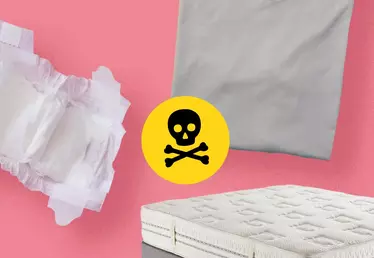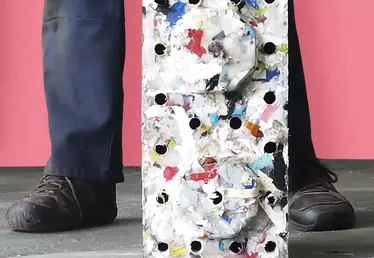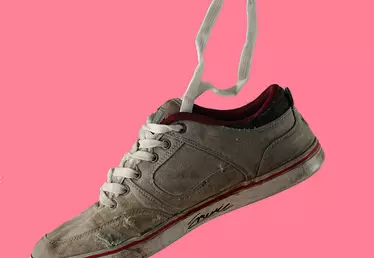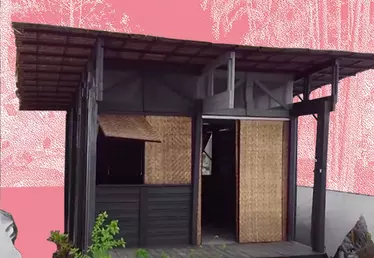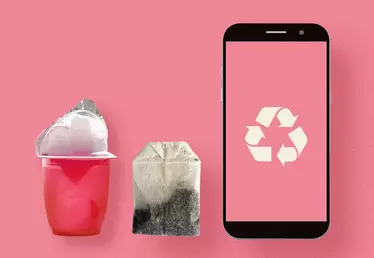

Hero banner custom title
How many times can a sheet of paper be recycled?
4 min
Whether we use them to print important documents or to take notes while working, sheets of paper still permeate our daily working lives. But where do they go once we’ve chucked them in the recycling bin? This is the afterlife of printing paper, explained.
In order to understand how paper is recycled, it’s important to look at how it’s produced. Ordinary sheets of white printing paper are made up of cellulose fibres, which are generally sourced from whole trees. These fibres are the essential raw material that will later determine the quality of the paper and dictate how many recycling cycles it will be able to endure.
The wood from the trees is crushed and either broken down mechanically or chemically. The mechanical process tends to leave in chemicals like lignin, which can cause some papers to brown in the sunlight (newsprint paper, for example), so paper mills producing standard printing paper generally prefer the chemical method.
Pulp Friction
Once the wood has been broken down chemically, a pulp is formed. This pulp is dried and sent to a paper mill, where it will be re-wetted, re-pulped and then pressed into a sheet with additives like kaolin clay to smoothen it out.
Globally, 421.88 million metric tonnes of paper were consumed in 2018, 58% of which was recycled. More than half of this paper is consumed in China (106 million tonnes), the USA (71 million tonnes), and Japan (27 million tonnes), with a further quarter in Europe (92 million tonnes). Used paper is usually collected and sorted by a local waste management company, whose machines can normally detect the quality of the paper, ensuring it’s then recycled into the best-suited grade. “You don’t recycle the sheet of paper,” explains Simon Weston, director of raw materials at the UK Confederation of Paper Industries (CPI), “You recycle the fibres within the sheet.” This is why shredded paper, for example, can render the fibres too weak to be recycled.
58%
Is the percentage of all paper consumed worldwide that is recycled
Bottom end
According to Weston, “traditional wisdom within the industry is that you can circulate fibres from a sheet seven times in the process before they are so beat up, they can no longer be used”. The recycling process consists of sorting the paper, subjecting it to a mixture of chemicals and water, heating the recycled pulp, centrifuging and screening it to remove impurities, de-inking the paper with more chemicals, spraying the pulp onto a wire screen and then squeezing it through heated rollers once the pulp has dried.
“This is how recycled printing paper is made. However, new virgin fibre needs to come into the process because over time, reused fibre gets too short to offer structural strength to the sheet of paper,” Weston explains. This is why there is no “closed recycling loop” when it comes to paper. Fibres become shorter, coarser and stiffer with each step, so paper must be mixed with virgin fibres to maintain its quality.
“You can circulate fibres from a sheet seven times in the process before they are so beat up, they can no longer be used.”
Europe is ahead when it comes to reusing paper fibres. On average, fibres are used 3.6 times throughout the continent compared to 2.4 times globally. Most paper recycling is outsourced to other countries, with India being the first export destination for recycling European paper.
If a sheet of paper can no longer be repurposed into a vintage, recycled sheet of paper, it can be made into a myriad of products. Depending on the fibres, a sheet of paper can turn into masking tape, bandages, hospital gowns, animal bedding and finally — at the end-stop of the recycling process — loo paper.






